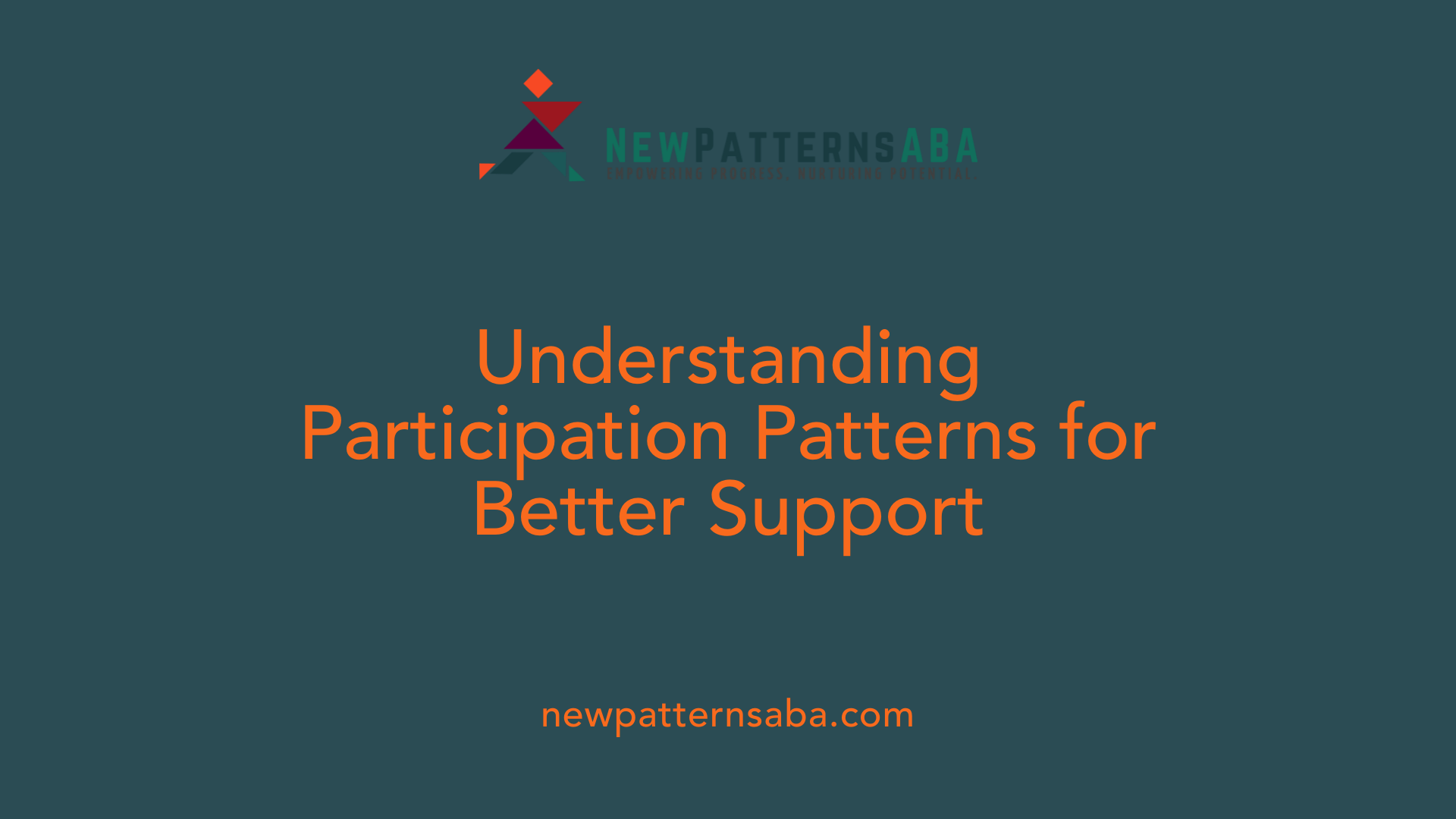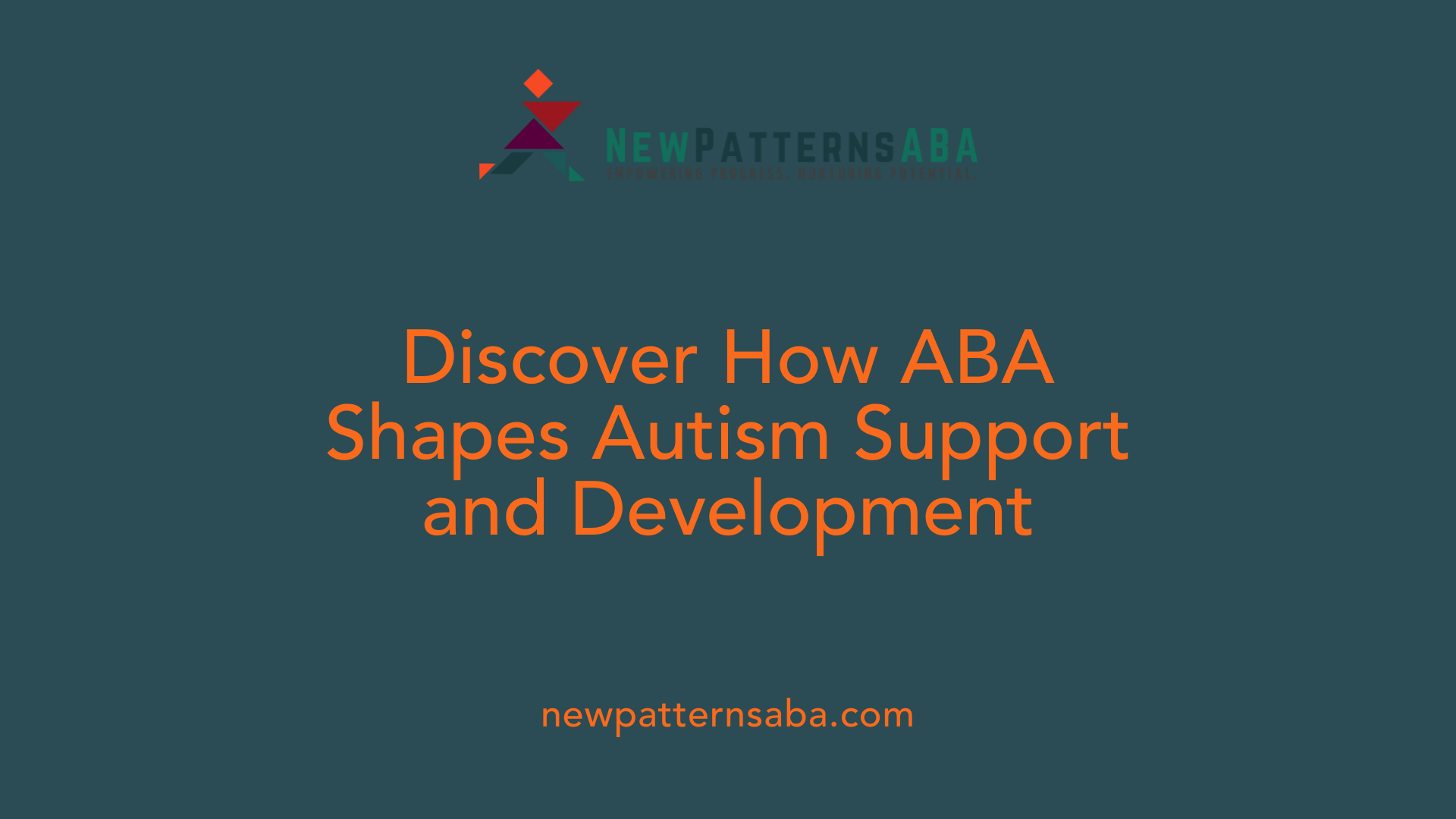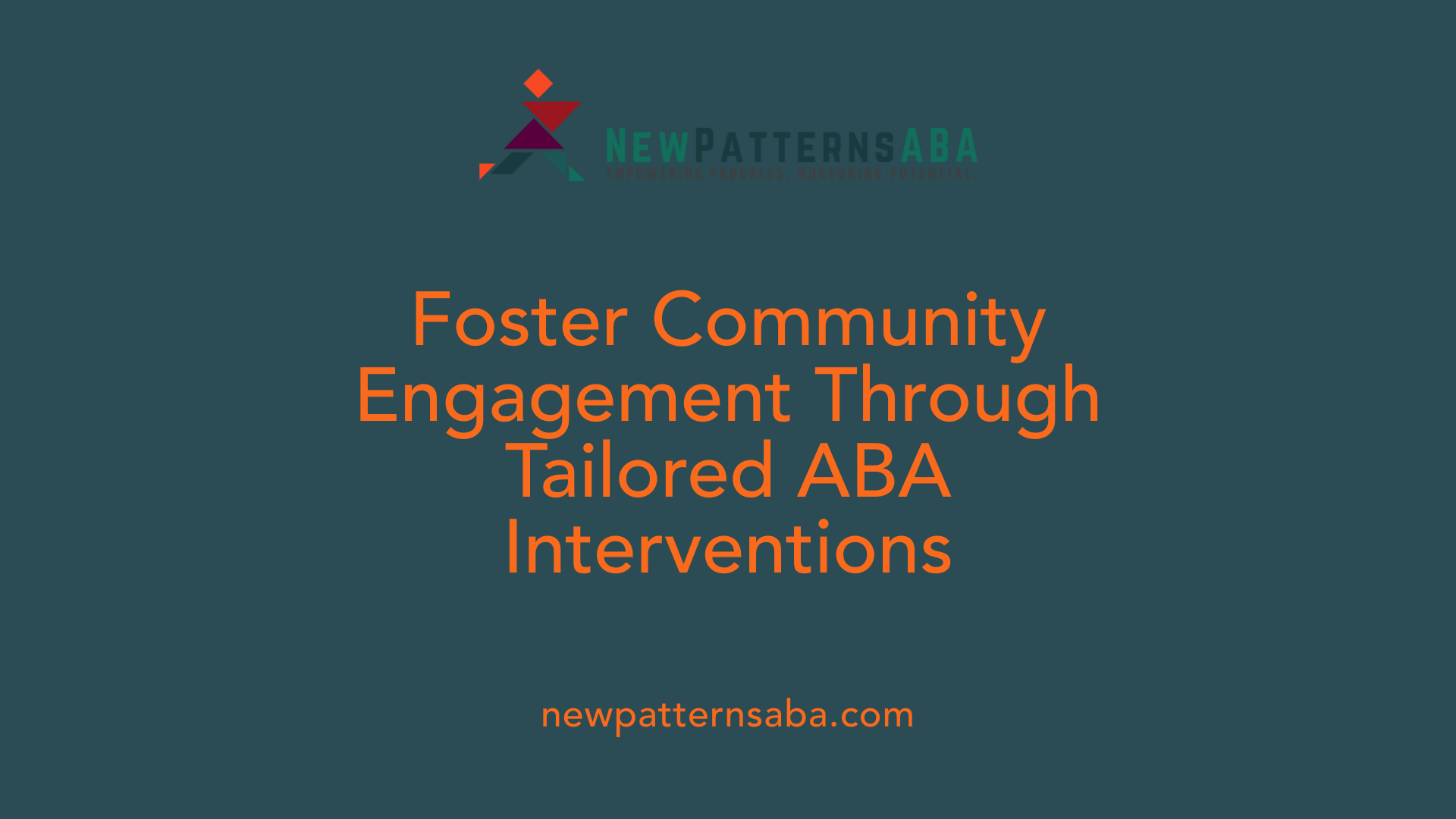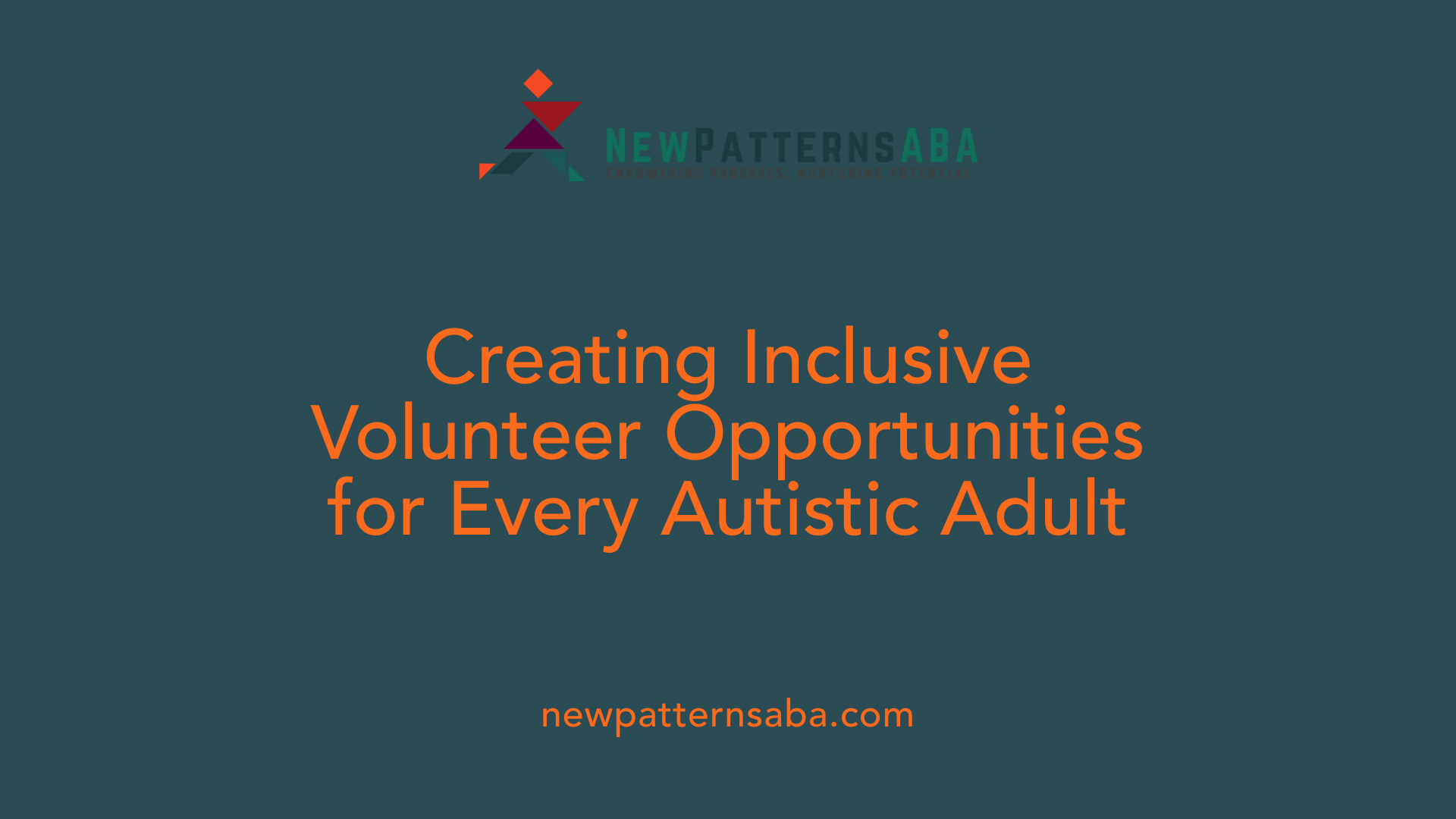Understanding the Landscape of Volunteerism Among Autistic Adults
Volunteerism offers valuable opportunities for community participation and personal growth, yet autistic adults often face unique challenges and barriers in engaging with volunteer activities. Recent studies highlight the diverse patterns of community involvement among autistic individuals, revealing distinct subgroups based on their perceived importance of participation and actual engagement levels. This article explores these patterns, the role of Applied Behavior Analysis (ABA) therapy in supporting autistic individuals, and practical considerations for encouraging meaningful volunteerism that enhances social inclusion and satisfaction.
Diverse Patterns of Community Participation Among Autistic Adults

What are the subgroups of autistic adults by participation patterns?
Research shows autistic adults fall into four distinct groups based on their community participation patterns:
- Low Importance
- High Importance-Low Participation
- High Importance-Moderate Participation
- High Importance-High Participation
These groups reflect variations in how important community involvement is perceived and how much participation actually occurs.
How does perceived importance compare with actual participation?
There is a clear distinction between the value autistic adults place on community engagement and their real involvement. Some regard participation as important but have low or moderate levels of actual engagement, while others both value and practice active participation at high levels.
What factors influence community participation levels?
Several personal and environmental factors shape participation patterns:
- Education: Those with less education are more often in the Low Importance group, suggesting education may influence engagement attitudes.
- Living Situation: Individuals living with family tend to assign lower importance to community activities.
- Residential Setting: Those in isolated settings like rural areas or supported living facilities often face barriers to active participation despite valuing it.
How do living environments and relationships impact participation?
Adults with higher participation typically report more satisfying social relationships and fewer unmet service needs. Supportive living environments and healthy relationships appear to facilitate more active community involvement.
Understanding these diverse patterns is vital for tailoring services that better support autistic adults' engagement based on their unique needs and circumstances.
Applied Behavior Analysis Therapy: Foundations and Applications in Autism Support

What is Applied Behavior Analysis (ABA) therapy, and how is it used to support individuals with autism?
Applied Behavior Analysis (ABA) therapy is a scientifically supported method rooted in the principles of learning and behavior. It aims to enhance helpful behaviors such as communication, social skills, and everyday functioning while reducing harmful or nonproductive behaviors. ABA employs techniques like positive reinforcement and the Antecedent-Behavior-Consequence (A-B-C) model to teach and strengthen desired behaviors. Therapy plans are tailored individually, ensuring that interventions meet the unique needs of each person with autism. Early engagement in ABA therapy can lead to notable improvements in developmental progress.
What are the common goals of ABA therapy for children with autism?
The primary goals of ABA therapy for children include improving communication, fostering better social interactions, and reducing problematic or challenging behaviors. Additionally, ABA focuses on developing practical daily living skills to increase a child's independence. Teaching functional and adaptive behaviors that support learning and everyday functioning helps children with autism enhance their overall quality of life.
How does ABA therapy differ from other autism treatment approaches?
ABA therapy stands apart due to its focus on observable behaviors and the use of data-driven, measurable interventions. While other treatment methods may emphasize developmental stages or social-relational approaches, ABA systematically applies reinforcement and uses task analysis to teach skills and decrease challenging behaviors. Despite often requiring significant time and commitment, ABA's effectiveness has a strong empirical foundation, especially benefiting children with more pronounced autistic traits.
The Role of Qualified Providers in Delivering Effective ABA Therapy

Who typically provides ABA therapy and what qualifications should these professionals have?
ABA therapy is delivered by a range of professionals, including Board Certified Behavior Analysts (BCBAs), behavioral therapists, and Registered Behavior Technicians (RBTs). BCBAs usually have advanced degrees in behavior analysis or related fields and have passed comprehensive certification exams, which ensure their expertise in designing and overseeing treatment plans. Behavioral therapists and RBTs work under the supervision of BCBAs to implement therapy strategies directly with clients.
What factors should parents consider when choosing an ABA therapy provider?
When selecting an ABA therapy provider, parents should prioritize professionals who are properly certified, such as BCBAs, since they ensure individualized and evidence-based treatment planning. Experience with autism spectrum disorder and consistent use of data-driven methods for tracking progress are essential qualities. Additionally, effective therapy requires a multidisciplinary team approach, incorporating insights from speech therapists, occupational therapists, and psychologists when necessary. Family involvement is critical; providers should encourage active parental participation to reinforce learning and tailor interventions to the child’s needs.
Practical considerations include therapy costs, billing practices, and how well the provider coordinates with other services the child may require. Choosing a provider who fosters a supportive and collaborative environment can enhance the overall effectiveness of ABA therapy and support the child's developmental goals.
Leveraging ABA Therapy to Foster Volunteerism and Community Inclusion

How Can ABA Therapy Connect with Community Participation Goals?
Applied Behavior Analysis (ABA) therapy is a powerful tool to encourage community involvement among autistic adults. By aligning ABA goals with personal interests and community participation patterns, therapists can tailor interventions that promote engagement in various activities, including volunteering. This approach considers the importance an individual places on participation and their current involvement level, allowing for customized support that encourages gradual increases in activity and social interaction.
What Barriers Do Autistic Volunteers Face and How Can ABA Help?
Autistic adults often encounter challenges such as limited access to social opportunities, especially those living in rural areas or supported living facilities. Additionally, individuals with less education or those residing with family might experience lower motivation or fewer chances to engage. ABA therapy addresses these barriers by developing skills that enhance confidence and independence, helping to overcome environmental limitations and encouraging participation even in isolated settings.
What Strategies Enhance Social Skills and Independence Through ABA?
ABA interventions focus on building communication, social skills, and problem-solving abilities necessary for meaningful community participation. For example, role-playing volunteer scenarios can prepare individuals for real-life interactions. Teaching self-advocacy and coping mechanisms assists in navigating social environments and reducing service gaps. Positive reinforcement encourages sustained involvement, while collaborative goal setting ensures that activities align with the individual's interests and needs.
Integrating ABA therapy with an understanding of distinct community participation patterns empowers autistic adults to engage more fully, fostering satisfying relationships and independence within their communities.
Tailoring Volunteer Opportunities to Diverse Needs of Autistic Adults

How can understanding participation patterns assist in enhancing volunteerism?
Recognizing the diversity in community participation among autistic adults is essential for creating inclusive volunteer opportunities. Research categorizes autistic adults into four groups based on how they value and engage with the community: Low Importance, High Importance-Low Participation, High Importance-Moderate Participation, and High Importance-High Participation.
Customizing volunteer roles based on participation patterns
Those in the Low Importance group often have less education and live with family, suggesting their priorities and environment influence lower community engagement. For these individuals, volunteer roles should be flexible, accessible, and designed to gradually build interest and comfort in community settings.
Participants who value community involvement but participate less usually reside in isolated or supported environments like rural areas or special living facilities. Volunteer programs tailored for this group must overcome geographic or environmental barriers by offering remote or on-site support and structured engagement opportunities.
Conversely, autistic adults with High Importance-High Participation enjoy more satisfying social interactions and fewer unmet service needs. Volunteer roles for this subgroup should emphasize social connection and leadership potential, allowing them to leverage their existing community ties.
Importance of supportive environments and relationships
Satisfying relationships emerge as a strong factor linked to higher community involvement. Thus, fostering supportive social networks through volunteer programs can enhance participation. Environments that reduce isolation and provide meaningful roles contribute significantly to sustained engagement.
Service planning informed by participation research
Understanding these participation patterns guides service planners and organizations in crafting programs that align with personal motivations and environmental factors. By doing so, volunteer initiatives can better meet individual needs, boost inclusion, and strengthen community belonging for autistic adults.
Promoting Meaningful Volunteerism Through Understanding and Support
Encouraging volunteerism among autistic individuals requires acknowledging the diverse ways they engage with their communities. ABA therapy plays a pivotal role in equipping autistic individuals with the social and adaptive skills necessary for meaningful participation. Qualified providers and tailored family-centered approaches foster individualized growth, while research into participation patterns offers valuable insights for creating supportive environments and accessible opportunities. By integrating evidence-based therapies with informed service planning, we can enhance social inclusion, personal satisfaction, and community engagement for autistic adults, ultimately enriching both their lives and the communities they serve.
References
- Community participation patterns among autistic adults and ...
- Applied Behavior Analysis (ABA)
- Who Qualifies for ABA Therapy: Eligibility Guide
- Comparing ABA Therapy with Other Treatment Approaches
- Occupational Therapy vs ABA: 4 Key Differences
- Treatment and Intervention for Autism Spectrum Disorder
- Applied Behavior Analysis (ABA)
- Applied Behavior Analysis (ABA)





